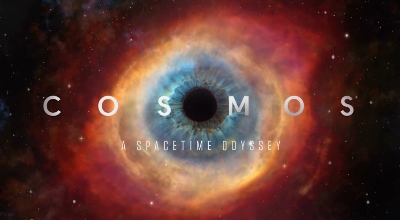On the 15th day of the 8th lunar month, i.e., 8 September 2014, many in
Asia will be enjoying mooncakes and parading lanterns at night in celebration
of Mid-Autumn festival, an annual celebration for the year’s harvest. Parents
and teachers will also share tales of Chang’e’s ascension to the full moon
during this night. While under the moonlight, observe if there’s anything
different about the moon. Does it seem to be bigger, brighter and fuller?
 |
| Photo credit: EarthSky This is the rise of the Harvest Moon. |
No, it is still the same, loyal moon that shows up on most nights. So what’s so special about this moon you ask? The Harvest Moon is the full moon that appears nearest to the autumnal equinox, a day in September when the length of day and night is the same, i.e., 12 hours, all over the world. But what makes the Harvest Moon so special is its coincidental occurrence with the other rare astronomical phenomena.
On average, the moon rises about 50 minutes later each day. But when a full moon (aka Harvest Moon) occurs near the autumnal equinox, the moon rises quicker at about 30 to 35 minutes later daily for several days before and after the Harvest moon.
In the northern hemisphere, the ecliptic, aka the moon’s elliptical orbital path, makes a narrow angle with the evening horizon around the time of autumn equinox. As a result, successive moonrises around the full Harvest Moon have shorter rising time, and are seen to rise farther up north. The period between successive moonrises drops to a minimum, and thus seem as if there are several full moons for a few nights in a row. The full Harvest Moon will appear in the northern hemisphere on 9 September 2014. However, for countries at the equator such as Singapore, the Harvest Moon cannot be observed. One needs to be really up north or south of the Earth's equator in order to appreciate the extended moonlit nights.
So why name it the ‘Harvest Moon’ then? As it takes lesser time for the moon to rise during this period, the dark period between sunset and moonrise shortens. According to EarthSky, the name might have been of European origin as northern Europe is much closer to Arctic than to the tropics. For farmers, the earlier moonrise provided more light after sunset, enabling them to continue harvesting their crops.
As for you, do look out for the big and bright full moon in the night sky
this Mid-Autumn festival period. Have a Happy Mid-Autumn Festival and do join
us for our special planetarium shows featuring stories about the Moon and many
others, every Friday night from 5 September to 3 October 2014 (excluding 12 September).





.jpg)






.jpg)
.jpg)

















